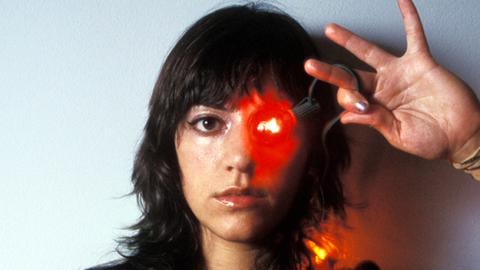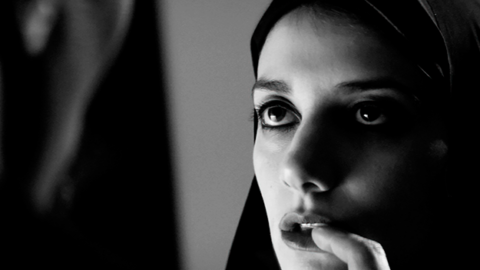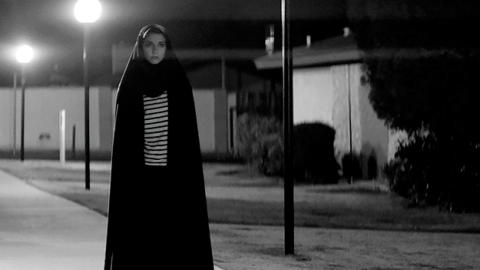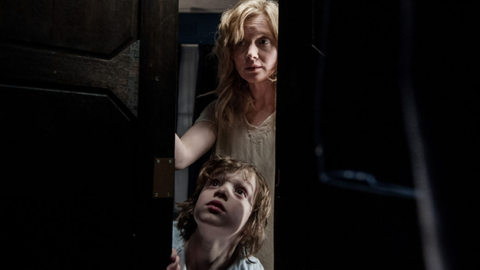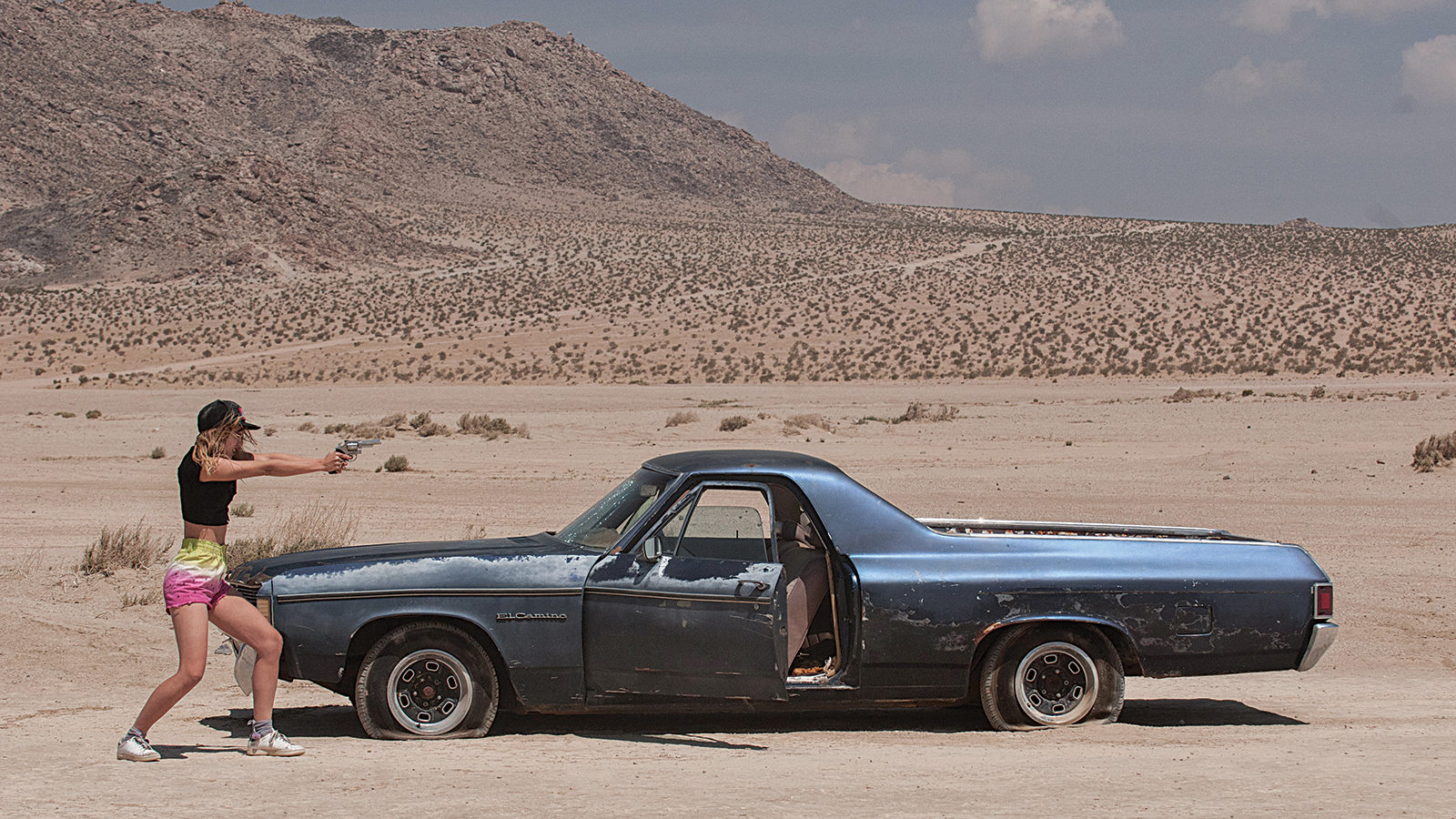
Review: The Bad Batch
In 2014, the moody, Persian-language vampire drama A Girl Walks Home Alone at Night quickly turned its writer/director Ana Lily Amirpour into an indie darling. Although style-over- substance objections could reasonably be raised, the film’s vivid sense of place and tight focus justified the sparse script and nebulous themes, and it exhibited a distinctive voice and a confidence that were remarkable in a first-time filmmaker. The predominantly positive critical response opened the door for a bigger budget and more elaborate production for her ambitious follow-up, The Bad Batch, which features the kinds of action sequences and celebrity cast (Keanu Reeves, Jim Carrey, Suki Waterhouse) Girl could not—and would not—have dreamed of. Unfortunately, Amirpour hasn’t quite bloomed under the greater scope of her tense post-apocalyptic Western. The film still showcases her undeniable talent for creating atmosphere and beautiful imagery, but also exposes significant weaknesses in dialogue and narrative construction that were more easily masked in her previous film.

The Bad Batch is set in a not-so-distant future America where society’s undesirables—criminals, drug addicts, the mentally ill—are cast into the desert with limited resources and left to fend for themselves. It’s a harsh world where survival is not a given. Although there are towns with some discernible rule of law and social structure, on the outskirts are cannibalistic renegades, one of whom captures our heroine, Arlen (Waterhouse), and manages to consume half of her limbs before her eventual escape to the town of Comfort. The rest of the film is seen largely through Arlen’s perspective, as she navigates this brutal terrain, both drawn to and repulsed by danger, torn between the need for safety and the longing for freedom.
One of the film’s strengths is the quiet duality in its protagonist, and the way in which we are immediately immersed in this Mad Max-meets-The Matrix world through her eyes. Lyle Vincent’s thoughtful cinematography situates us either uncomfortably close to a moment of intimacy and violence, or goes unnervingly wide to emphasize Arlen’s fragility in this vast landscape. Atmosphere is Amirpour’s strong suit and this is no minor skill; her handling of nonverbal communication, the space between people, is unique and viscerally effective. In the scenes between Arlen and the man who is after her, in every complicated sense of that phrase, the air churns between them, transcending even the complicated chemistry between The Girl and Arash in A Girl Walks Home Alone at Night, because it can’t quite be defined as romance, but as some mixture of desire, fear, disgust, and regret.
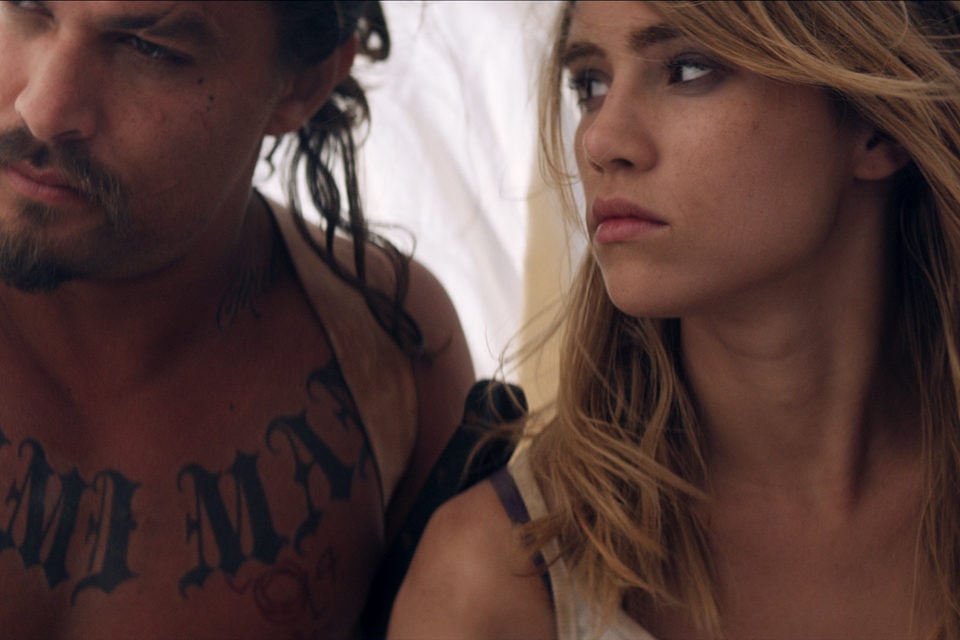
However, these qualities are often obscured by stylistic indulgence and a lack of follow-through on themes that are suggested but not fully explored. The lengthy and numerous scenes of Arlen hobbling through the desert begin to read more as empty excess than motif, and there are too many slickly blocked sequences set to contemporary music with no meaningful narrative or psychological purpose. This is the Spring Breakers of dystopian cinema. The most notable problem is the script, which puts forth some real clunkers, such as, “It’s not cheap to live here. It cost you an arm and a leg,” delivered unironically to the maimed Arlen, or cultish town leader The Dream (Reeves) explaining that “Life is the dream. The only dream.” The lack of character depth and surplus of music-video moments make such epic pronouncements feel unearned, and impossible to take seriously.
The story hints at more than it ever delivers, not in a way that conveys nuance or purposeful ambiguity, but instead suggests a frustrating coyness, or even a sense that something fundamental is lacking. There is atmosphere, there is beauty, but to what end?
Farihah Zaman is a Brooklyn-based filmmaker, programmer, and writer, and works as the Production Manager for the visual journalism publisher Field of Vision.



